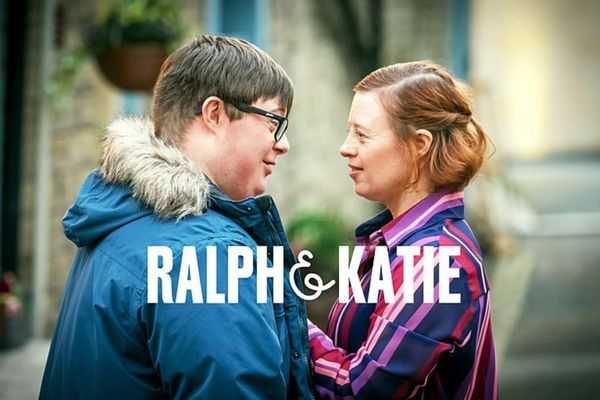Parents of neurodivergent children turning to alternate provisions
February 22, 2024As school attendance figures have slipped following the Covid pandemic, parents of neurodivergent children have

The last year has been a big step forward in representation on television.
Rose Ayling-Ellis' win on the Strictly dancefloor really marked a standout moment in modern entertainment, to be followed a few months later by the phenomenal "Then Barbara Met Alan" starring Ruth Madeley and Arthur Hughes.
But now, almost a year on from 'that' silent dance, how far have we actually come with better disability representation on our screens?
Last week we celebrated the debut of Ralph and Katie, a spinoff from The A Word featuring two titular characters with downs syndrome. But disability isn't the forefront of the story.
Strictly's Rose Ayling-Ellis expresses gratitude to Giovanni Pernice after silent dance routine leaves fans in tears https://t.co/qFxemp0N1T
— HELLO! (@hellomag) November 15, 2021
Instead, it is a heartfelt tale of a newlywed couple navigating their new lives. Audiences have praised the show for it's warmth and humour, as well as it's excellent cast.
But in the same breath, people have torn into the appearance of Ellie Simmonds on Strictly Come Dancing, asking if it's pushing indigestible quantities of diversity down viewers' throats. Simmonds, who has dwarfism, is a contestant on this year's show paired with Nikita Kuzmin.
So it goes to wonder, is representation of disability getting better...or are societal stereotypes still bubbling under the surface, never to actually change?
I think Ralph and Katie is different.
I was fortunate enough to be involved during filming, and it really opened my eyes to what television production can look like when it's made accessible to disabled talent.
It became clear to me that this wasn't just lip service, saying that the show was representative by tickingg the necessary boxes and nothing else. Behind the scenes, the show featured a host of disabled trailblazers including director Jordan Hogg and writer Genevieve Barr.
Meanwhile, things like call sheets were adapted to be easy read, and name tags were given out to each person at screenings and group events. Simple but effective accommodations were being made which meant that disabled talent could truly be incorporated in the production.
How excited are we all NOW???? #RalphAndKatie from 5th October @BBCiPlayer - We absolutely cannot wait for you to see our show! pic.twitter.com/vBeYXiFzSy
— Ralph & Katie (@theaworduk) September 21, 2022
In fact, I'd say the show itself is an act of activism. From the first episode, we see Katie prepare for a job interview, explaining that her key skills are having a great smile and blueberry muffins. We also see some excellent physical comedy from Ralph, alongside some very powerful emotional moments.
It goes to demonstrate to the audience the disabled people aren't two dimensional as they are often portrayed. Characters like Ralph and Katie have hopes and dreams, worries and fears. They laugh and joke but also hurt and cry. Even just in the first episode, that's what stood out to me. They are characters in and of their own right, not just there as a diversity box-ticking exercise.
Now, it's an excellent start but this needs to become the norm. With 1 in 5 of us having a disability, we need more representation on and off screen.
This isn't a fight that will be won easily. The television industry is very stuck in its ways, and will need a few cogs set in motion before you can turn your telly onto a whole host of representative programming, disability and otherwise.
But I'm determined to see us get there. The last year has proven that we can work to make television inclusive both behind and in front of the camera, with Ralph and Katie being a great turning point.
For now, we must hope that like the two newlyweds, we get our happily ever after.
Photos courtesy of BBC Press.